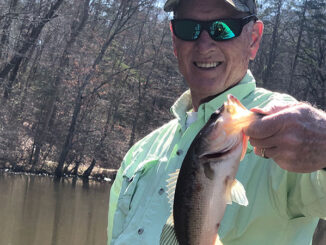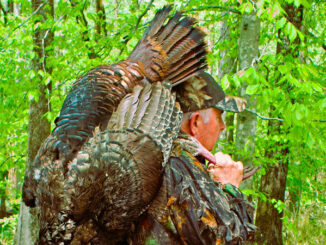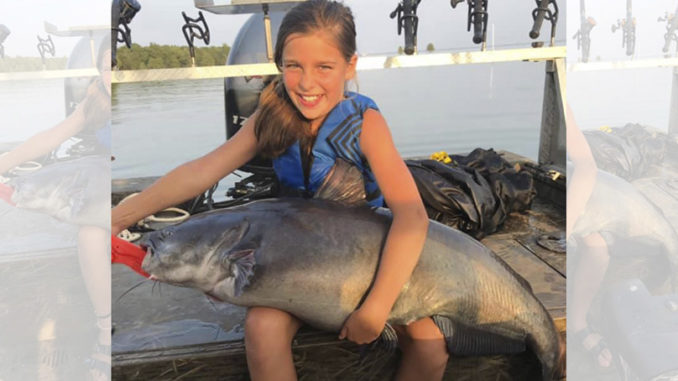
Catfish are on their summer pattern
Catfish are on their summer pattern, and have been for a couple of weeks now. In some Carolina watersheds, they are just now coming off a late spawn. And that means they’re hungry and feeding.
Capt. Jason Wolfe of Wolfe’s Guide Service has them dialed in, and not just on a single body of water. Wolfe fishes and guides on several lakes and rivers in both states. And he catches plenty of quality fish this time of year.
“During the summer months, we catch a lot of them in the 5 to 15-pound range, which are good for eating. And we catch a fair share of 25 to 35 pounders too. And catching a 45, 55, or 60-plus pounder is always a possibility,” said Wolfe. Last year, he put his daughter on a 61-pound blue catfish.
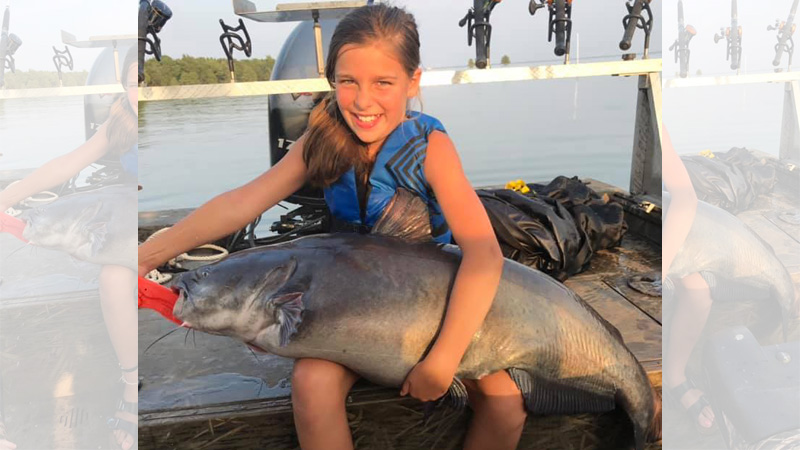
Wolfe said most of the fish are coming on shallower flats that range anywhere from 10 to 25 feet deep. A month or so ago, he said these fish were all along the banks even shallower. But they’ve finished up their spring spawning and are staging between there and the main river channels. He said slow drifting or trolling is the key to catching them right now.
The wind is good, but trolling motors work too
“I’d rather drift with the wind than troll,” he said. “But if the wind isn’t cooperating, I’ll troll with my electric motor and just cover a flat. When the wind is just right, I’ll use one or more drift socks. Whatever will keep me drifting around 1/2-mile an hour. That’s important. You don’t want to go faster than that,” he said.
Wolfe (803-487-3690) uses Big Cat Fever medium-heavy rods with Abu Garcia 6500C3 Catfish Special reels spooled with 40 to 50-pound test line. He suggests a slight modification of a basic Carolina rig. Instead of an egg weight or slinky weight, he uses Drifting Stix weights. These are long and thin stick-like weights that are designed to slip through brush without hanging up.
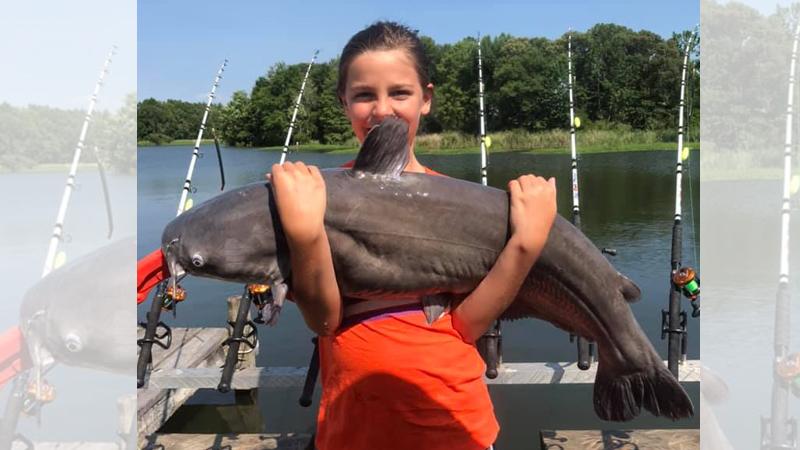
“These do a real good job of not hanging up. There’s a lot of brush and stumps that we’ll be drifting through and these slide through them with ease. Every now and then one will get stuck for just a few seconds. You’ll see the rod bent over, and you’ll be tempted to jerk it free. But if you just let it do it’s thing, it’ll almost always slip out on its own,” he said.
Below the Drifting Stix is a slide-on rattle just above a crappie cork.
“That cork keeps your bait up out of the muck. And the rattle does a real good job of alerting any nearby fish. They’ll hear the rattle and come in to check it out. And that’s when they see or smell your bait,” he said.
Don’t waste time on unproductive areas
An 8/0 to 12/0 circle hook finishes off the rig. Wolfe uses cut bait, and puts out six lines, then drifts through an area. If he picks up a few good fish, he’ll pull his lines in, motor his way to where he started, then drift that same area again. If he isn’t satisfied with what he caught, he’ll move on to another similar area.
“You don’t want to spend much time on a drift if it isn’t producing. The fish are biting, so it’s just a matter of finding them. A little bit of patience is always good when fishing. But if you aren’t catching any on a drift, it’s time to move on to another area,” he said.


